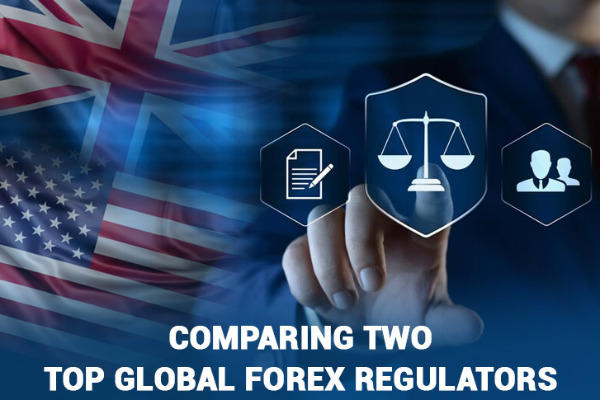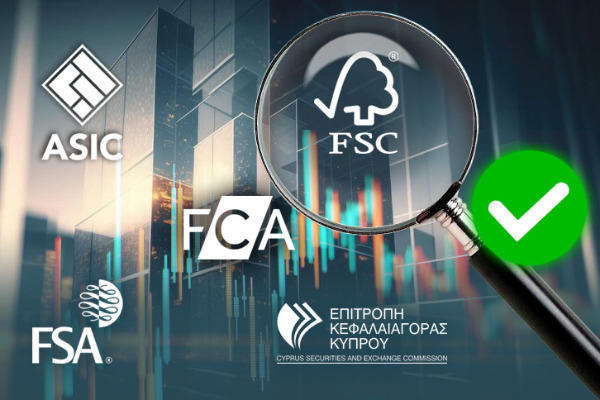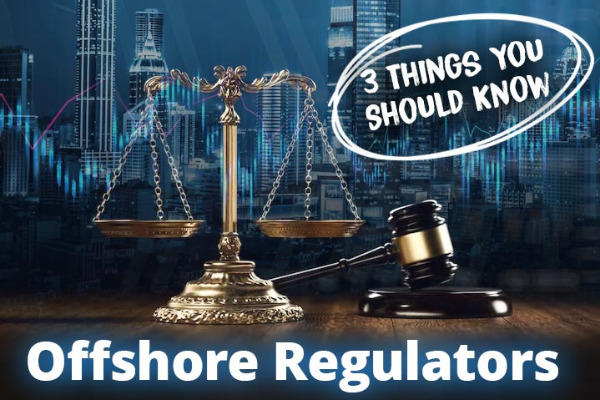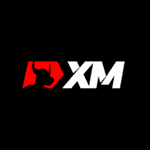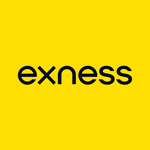Since 2018, ESMA has imposed new rules that lead to brokers offering different services for retail and professional traders. Read further to find out the differences between the two.
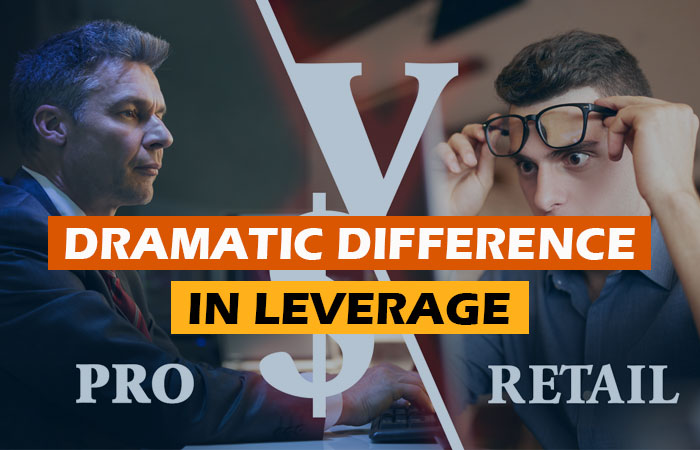
Over the years, the popularity of online trading has increased by a mile, attracting traders from various parts of the world. The year 2018 in particular, has brought a few fundamental changes for CFD and forex traders in the EU.
It was the year when the European Securities and Markets Authority (ESMA) introduced new regulatory requirements for CFD brokers, resulting in new and different trading terms for retail and professional traders.
The new regulation essentially talks about changes in leverage restrictions for retail traders who trade forex or other CFD products with a broker that is regulated within the European Union, including Cyprus and the United Kingdom (regulated by the FCA). Thus, some big names in the brokerage industry have been heavily affected by this change.
Such restrictions do not apply to professional traders. As a result, the question of who can be classified as a professional trader has risen up for a while now, becoming one of the key issues that ESMA and EU brokers have been struggling with.
About the New ESMA Regulation
The new ESMA regulation came into effect on the 1st of August 2018. There were several changes made, which affected both traders and brokers. One of the biggest changes was regarding the maximum leverage limits available to the different client classifications. As we have briefly mentioned before, the rule only applies to retail traders. Meanwhile, professional traders are still able to trade with much higher leverage.
The following is the new leverage measures on the opening of a position by a retail trader:
- 1:30 (3.33% margin) for major currency pairs.
- 1:20 (5% margin) for non-major currency pairs, gold CFDs, and main index CFDs.
- 1:10 (10% margin) for commodity CFDs other than gold.
- 1:5 (20% margin) for individual equities (equity CFDs) and other reference values.
- 1:2 (50% margin) for CFDs on cryptocurrencies.
The following is the leverage limits for professional traders:
- Up to 1:500 (0.2% margin) for major currency pairs, non-major currency pairs, some of the indices (ASX200 DAX30, DJI30, FTSE100, NQ100, SP500), and commodities (gold, silver, XAUAUD, WTI, BRENT).
- Up to 1:200 (0.5% margin) for remaining indices and bonds.
- Up to 1:100 (1% margin) for remaining commodities.
- Up to 1:25 (4% margin) for forex exotics.
- Up to 1:20 (5% margin) for individual stocks (equity CFDs) and CFDs on cryptocurrencies.
Remember that the maximum leverage for professional traders depends on the notional position value of the currency they use, so larger positions may not qualify for the highest leverage.
Why did ESMA Make Different Client Classifications?
Following MiFID II regulations, any EU and UK CFD brokers must differentiate between retail and professional clients. The reason is that CFD trading is leveraged, which means, while it can multiply the potential of profit, it can also multiply the potential of losses. ESMA considers that not all investors are suitable for such leveraged trading. As a result, the new restriction only applies to retail traders as a means to save them from the high risk of losing all funds in a short time.
Even so, any trader can request to be categorized as a professional. Specific qualitative, quantitative, and procedural requirements must be met, which we will discuss later in this article.
As a professional client, there are several advantages that you can get, such as:
- Reduced margin requirements (increased leverage): you're allowed to open position at 15-25 times lower margin trades than retail traders, with leverage up to 1:500 (depending on the instrument you use).
- Bonus programs: get full access to all provided features as well as bonus programs and special offers from a broker.
- Priority access to new products: you'll have the opportunity to trade and invest in new products even before they're released to other clients.
However, it's worth mentioning that aside from the obvious benefit of having much higher leverage, there are several drawbacks that also come with the professional status. The most crucial one is that professional clients will no longer be covered by some of the safety measures that protect retail traders, including compensation schemes against loss, negative balance protection, segregated account, etc. Bear in mind that this condition may vary across brokerages, so make sure to check the terms and conditions before you register and apply for professional status.
Although ESMA restricted the use of high leverage for retail traders, there are several unique advantages that you can get as well for being a retail trader, namely:
- Unlimited negative balance protection: this feature is useful if your account balance falls below zero due to unexpected market changes. When that happens, the system will automatically reset your account back to zero, so it will never be negative. The goal is basically to ensure that you won't lose more than your initial deposit.
- Stronger regulatory protection: all regulatory protections will fully protect you from fraudulent practices, which includes the opportunity to use the Financial Ombudsman Service.
How to be Classified as a Professional Trader
Traders who wish to be classified as professionals must first state their request in writing and provide the essential documents to support their claims.
After that, they must sign a waiver, which states that they understand and are aware of the protection measures they will lose following their status change. That being said, the broker cannot lure the trader into changing their status as it will remove some of the rights retail traders can enjoy.
To be classified as a professional trader, one needs to qualify for at least 2 of the ESMA established criteria:
- Size of portfolio: the trader must have an investment or financial instrument portfolio with a size equal to or greater than EUR500,000.00. The portfolio can include stocks owned, cash savings, mutual funds, and trading accounts. Property, luxury cars, and other non-tradable products are not included.
- Professional experience: the trader must have worked in the financial services industry professional with the relevant leveraged products for at least one year.
- Trade size and volume: the trader must have acquired trading experience, which means they have carried out significant trades at a frequency of more than 10 per quarter.
Suppose you're still not eligible for professional status; you can maintain your status as a retail trader to enjoy full protection as well as other features offered by the broker. You can find further details about all the features you will get as a retail vs professional trader on the broker's website.
Brokers Operating under ESMA
Many forex brokers are imposed to ESMA's new rules as most popular brokers come from the European Area. Many of them have been working with multiple licenses to maintain their global operation.
Some examples are:
- Admiral Markets
- Exness
- eToro
- Plus500
- IG
- XTB
- AvaTrade
- FxPro
- NordFX
- TriumphFX
- Saxo Bank
- Interactive Brokers
- CMC Markets
The presence of regulatory agencies in the financial industry is essential for maintaining standards. Through their policies, they safeguard clients from fraudulent activities, making them a significant factor to consider when selecting a reliable broker.

 Dedicated FREE FOREX VPS
Dedicated FREE FOREX VPS Free FOREX Virtual Private Server
Free FOREX Virtual Private Server MT4 Demo Contest, Get $500
MT4 Demo Contest, Get $500 Sign Up for an Account, Claim 60% Deposit Bonus
Sign Up for an Account, Claim 60% Deposit Bonus Free MT4/MT5 VPS 2024
Free MT4/MT5 VPS 2024 Send E-mail and Get Free Merchandise
Send E-mail and Get Free Merchandise $1K Refer a Friend Bonus for Pepperstone Pro clients
$1K Refer a Friend Bonus for Pepperstone Pro clients Maximize Your Earnings with 100% Deposit bonus
Maximize Your Earnings with 100% Deposit bonus Trade to Win, $5,000 Monthly Demo Contest
Trade to Win, $5,000 Monthly Demo Contest Claim 30% + 15% Deposit Bonus from LiteFinance
Claim 30% + 15% Deposit Bonus from LiteFinance

